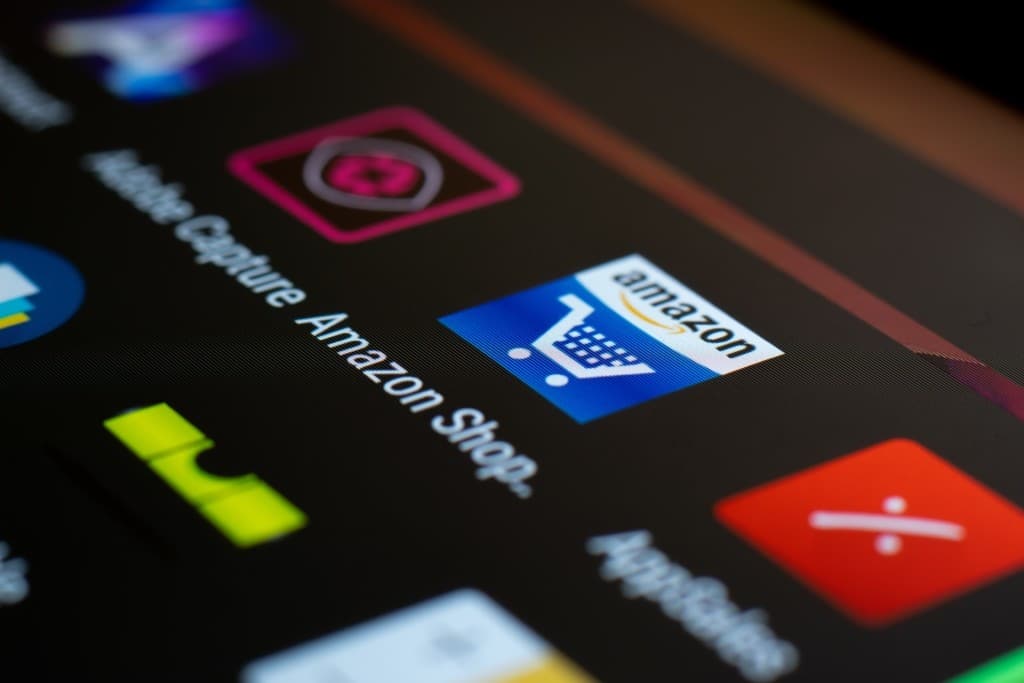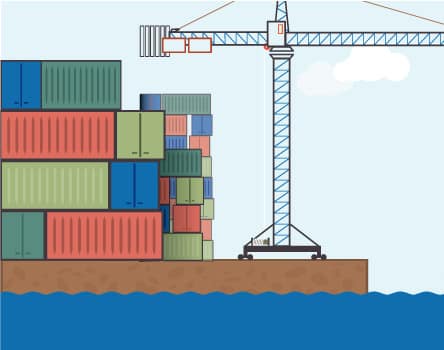As we approach the end of the three-year long stretch of time that we know as 2020, it’s become cliché to talk about how unprecedented these times are. Yet it’s cliché for a reason, especially if you work in eCommerce, or – like us – an industry that serves eCommerce businesses.
You’ve doubtless heard the stories. Some websites are receiving so many orders that they have to hire new people to ship them out. The post office is struggling with gridlock under the weight of millions of packages. Shopify’s stock ticker for this year looks like a forward slash as everyone is thinking about starting a business.
But with so much information out there, often contradictory in nature, it’s hard to know what exactly to make of 2020. However, as research firms continue cranking out their end-of-year reports, a true, mathematically sound picture of the present is emerging…
…and yes, it’s as weird as you think it is. At least for eCommerce.
10 Surprising eCommerce Statistics About the 2020 Holidays
1. Online sales this November and December were forecasted to increase by 33%.
Since the beginning of March, people have largely been discouraged from going out to make unnecessary trips. That, unfortunately for many small businesses, includes trips to the store. Naturally, many people started shopping online instead of shopping in person.
Depending on which source you read, online sales have been growing somewhere between 10 and 20% every year for the last several years, and the future looked like it would be no different.
According to Adobe Analytics, online sales for November and December are expected to be 33% percent higher than this time last year. It could be even higher, too, because of the possibility of COVID-19 stimulus checks being issued once more.
Just saying “33% growth” doesn’t have the gravitas to really convey how massive of an increase this is. So let’s frame it this way: there were three shopping days between Thanksgiving weekend and Christmas where online sales topped $3 billion.
This season, there are going to be 18. Most of December will show eCommerce companies posting revenues that look like the panic shopping of people on December 22, 23, and 24. (Not that I would know what that’s like.)
2. By the end of 2020, 2 billion people will be online shoppers.
Between this time last year and now, we will have gone from 1.92 billion online shoppers to 2.05 billion shoppers. That means 6.7% more people have learned of the wonders of online shopping in the last year. This is pretty remarkable when you consider that online shopping has been around for over 20 years.
A lot of people, as expected converted to online shopping because of concerns of health and safety. However, note that the 6.7% increase in shoppers is well below the 33% increase in sales. That means the people who are shopping online are, on average, spending more.
Also remarkable is that this 2.05 billion figure accounts for almost 27% of the global population. That’s about 6 USA’s and a Germany worth of people.
3. Almost 94% of internet users have purchased products online.
According to OptIn Monster, an email marketing firm, as many as 94% of internet users have shopped for products online. That means for the people who are still holding out, the major barrier is likely that they simply do not use or cannot access the internet.
Take this statistic, however, with a grain of salt. The research was conducted during the Before Times. More people may have started using the internet as a result of long periods of isolation during the coronavirus pandemic.
4. Of online shoppers, 57% will buy from a retailer overseas.
In some ways the coronavirus pandemic has created new opportunities. Ecommerce, in general, has certainly benefited from more buyers and greater sales volume. Additionally, the growth of shopping site software such as Shopify allows small businesses to reach out to a larger audience with a professional presence as well.
The majority of shoppers are adventurous enough to order from another country when the product and the price is right. If anything, the coronavirus pandemic may have accelerated this underlying trend.

5. In Q3 2020, Amazon accounted for 23.1% of online US retail sales.
At first blush, this statistic may sound alarming. After all, it implies that Amazon has an insurmountably large market share on the internet. To be fair, they still have the highest share of US retail sales of any retailer online.
However, 2020 has brought some formidable challengers to the forefront. For one, Shopify has allowed more entrepreneurs to create stores entirely separate from Amazon. Meanwhile, Walmart has been stepping up their game too, and are continually improving their online presence day by day.
6. Sixty percent of consumers have decided not to purchase from a retailer due to slow delivery speed.
As a fulfillment company, we stress to our clients how important it is to deliver items in a timely manner. After all, customers expect fast, inexpensive, reliable shipping. If you meet these expectations, it will dramatically improve your customer retention and make it easier to stay in business.
However, the dark flipside is that consumers don’t need much of a reason to abandon an eCommerce store. As many as sixty percent of consumers will walk away from retailers because they are slow to deliver according to DropOff.
(Need help shipping your eCommerce orders? Request a quote here and we’ll help you out with that.)
7. On average, global shoppers reported at least 50% of their shopping was complete by December 3.
In 2019, the majority of shoppers completed 50% or more of their shopping by December 3. We have no way of knowing yet, how the pandemic may have changed that. Given the amount of sales that took place as early as October plus election-driven fears about potential post office delays, we assume this figure will be even higher when the dust settles for 2020.
8. Eighty percent of Cyber Week orders ship for free.
One of the world’s worst kept secrets is that free shipping makes sales. After all, it’s common to see memes about how people will choose a $29.99 + free shipping price over $24.99 with $5.00 shipping. Just having free shipping alone adds to the perceived value of an item.
That’s why the vast majority of Cyber Week orders ship for free. Not only do goods with free shipping sell more, but it also offers a good incentive when free shipping is not normally available.

9. More than 41% of people intend to make most of their purchases online this holiday season.
This is the natural end conclusion of a virus that spreads in crowds. The Sykes survey report said it best:
Preferring safe, distant convenience, more than 41% of all respondents plan to purchase most of their items online this holiday season, while 19% across the board intend to make their purchases from local retailers. The online shift makes sense, as shoppers continue distancing — though surprisingly few consumers reported plans to visit department stores (12.6%) or big-box retailers (7.53%) in person this holiday season compared to their local retail counterparts (19%).
Possibly driven by the desire to avoid crowds by shopping at smaller venues, or perhaps by a desire to support local businesses amid a pandemic, the above figures represent a striking change from last holiday season, when crowd sizes at big-box stores frequently made the news.
10. Nearly 44% of consumers will not feel comfortable shopping in person until the “pandemic is under control.”
Last but not least, as strange as the year 2020 may have been for eCommerce, the strangeness isn’t going to end with the year. It will probably roll over into the next few months of 2021 until the vaccine is widely distributed and the virus is not spreading so readily.
It makes sense that many people will not want to shop in person for a while. What is more interesting is what could potentially come from this. Will we see lasting gains for eCommerce? Will brick-and-mortar stores compensate by offering local fulfillment or curbside pickup? Or, alternatively, will summer 2021 look like summer 2019?
Only time will tell.
Final Thoughts
When the story of 2020 is told in business textbooks ten years from now, there will be a lot to say. One of the only bright spots will be the growth of eCommerce. Fortunately for those future textbook writers, there is no shortage of quality statistics that can be used to make that case.
We’ve certainly seen our fair share of additional business this year. We’re incredibly grateful for the opportunity to help small businesses like yours succeed. Now, let’s unceremoniously throw away our 2020 calendars, but while keeping the eCommerce gains





